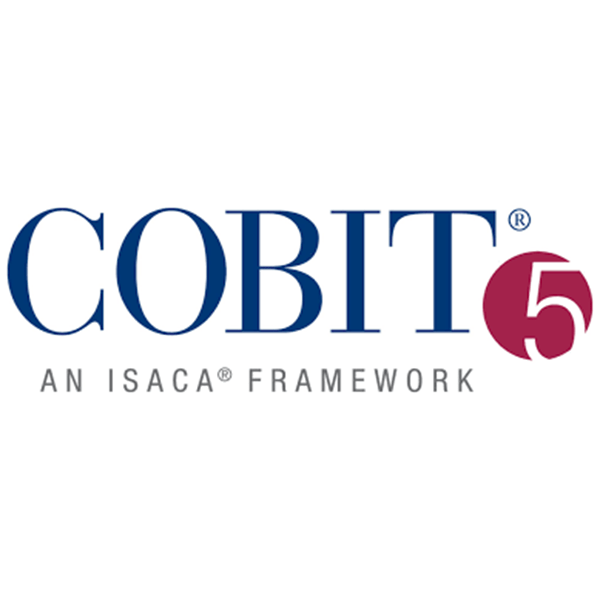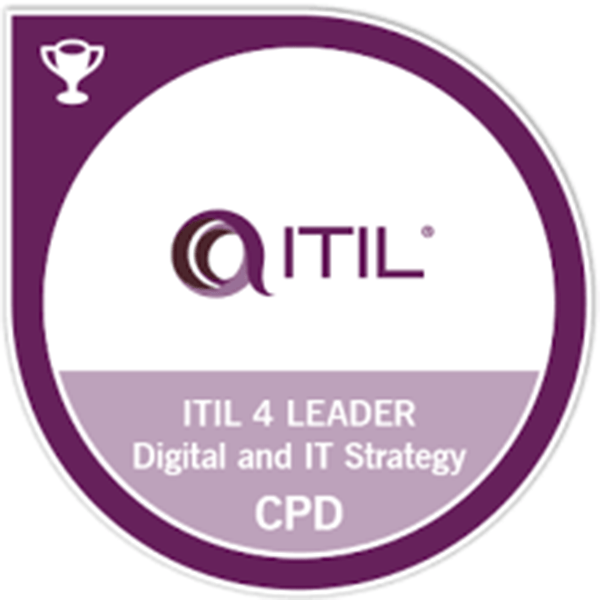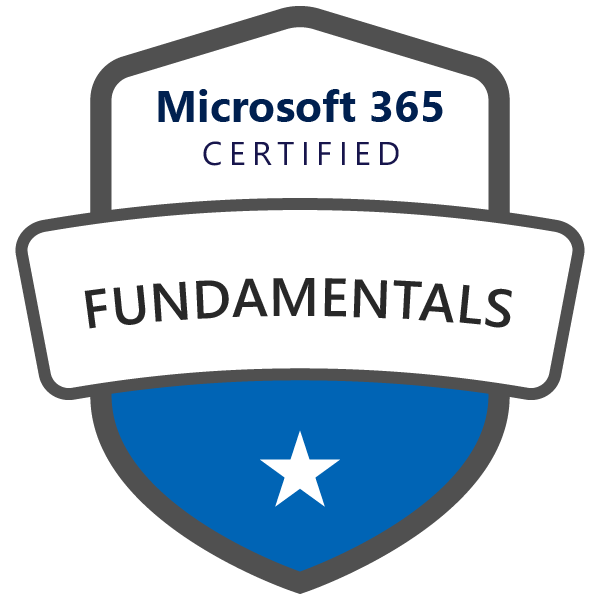Backup and disaster recovery for your business
Empower your business through reliable and expert tech services. Be sure of IT.
210 companies like yours scheduled such a meeting with us!
- 24/7 Support
- 100% IT tickets resolved
- 450+ Completed Projects
- 24/7 Support
- 100% IT tickets resolved
- 450+ Completed Projects
Request a free quote
Minimize the risk
Backup and Disaster Recovery Solutions for Business Continuity
Backup copies are made to protect company resources in case of unforeseen events such as hardware failures, natural disasters, cyber attacks, human error, or other disruptive events that can cause data loss or downtime.
Companies can minimize the risks of data loss and downtime, and ensure business continuity by implementing backup and disaster recovery solutions. Backup solutions create copies of data and systems that can be used to restore them in the event of data loss or system failure, while disaster recovery solutions help companies quickly recover systems and data in case of a disaster or disruption, such as a cyber-attack, fire, or flood.
Benefits
Why my company needs to implement backup and disaster recovery procedures?
Minimizing data loss
Backup and disaster recovery policies help to minimize the risk of data loss in case of a disaster, such as a hardware failure or cyber-attack.
Reducing downtime
By having a backup of critical systems and data, you can reduce downtime and minimize the impact of an outage on your business operations.
Ensuring business continuity
Backup and disaster recovery policies can help ensure business continuity by providing a plan for how to recover from a disruptive event.
Meeting regulatory requirements
Many industries have regulatory requirements for data retention and recovery, and implementing backup and disaster recovery policies can help you meet these requirements.
Protecting against cyber threats
Cyber attacks are a growing threat to businesses, and backup and disaster recovery policies can help protect against the impact of a successful attack.
Improving customer trust
By demonstrating a commitment to data protection and business continuity, you will improve customer trust and confidence in your services.
Process
Just two steps to get what you need
Up to 60 minutes online consultation with our experts
Quote with the full scope
and its pricing sent to your e-mail
Up to 60 minutes online consultation with our experts
Quote with the full scope
and its pricing sent to your e-mail
Testimonials
9 of 10 Customers recommend us further
“People are the greatest value in Cloudica.
I had the pleasure of working with this team for over 5 years and I know one thing: there is nothing impossible for them. Striving for perfection, imagination, and knowledge in the areas of cloud computing solutions allow them to pursue goals that are beyond the reach of competitors.”
“We were cooperating with Cloudica in terms of advisory and Implementation of our cloud solutions. We were delighted with their unique competences, professionalism and swift deliver. We do recommend Cloudica from carrying out of complex and demanding projects.”
“‘What I like the most about Adam and his team is the fact that they can speak with me in plain language, not “IT” one. All the time they are set up front to the customer. And they have great customer service too!’”
“People are the greatest value in Cloudica.
I had the pleasure of working with this team for over 5 years and I know one thing: there is nothing impossible for them. Striving for perfection, imagination, and knowledge in the areas of cloud computing solutions allow them to pursue goals that are beyond the reach of competitors.”
“We were cooperating with Cloudica in terms of advisory and Implementation of our cloud solutions. We were delighted with their unique competences, professionalism and swift deliver. We do recommend Cloudica from carrying out of complex and demanding projects.”
“‘What I like the most about Adam and his team is the fact that they can speak with me in plain language, not “IT” one. All the time they are set up front to the customer. And they have great customer service too!’”
Scope
An Overview what we offer as part of this service
Data Backup
Regularly creating copies of the organization's data and storing them in a secure location, to ensure that they can be restored in case of data loss.
Data replication
Continuously copying the organization's data to a remote location in real-time, to ensure that the most recent data is available in case of a disaster.
Disaster recovery planning
Developing plans and procedures for restoring critical systems and data in the event of a disaster, including data backup and recovery, and IT systems recovery.
Business continuity planning
Developing plans and procedures for maintaining critical business functions during a disaster, including incident management, crisis communication, and alternate work arrangements.
Testing and exercises
Testing and exercising the organization's disaster recovery plans to ensure they are effective and up-to-date.
Cloud Backup & DR
Backing up and replicating data and systems to a cloud provider, to ensure that they can be quickly restored in case of a disaster.
Off-site Backup
Storing backup copies of the organization's data in a secure location that is geographically separate from the primary data center.
Compliance
Ensuring that the organization's backup and disaster recovery practices meet regulatory and compliance requirements, such as HIPAA, SOC 2, or PCI DSS.
Monitoring and maintenance
Continuously monitoring the organization's backup and disaster recovery plans and procedures, and updating them as needed to ensure they remain effective.
Remote Management
Managing the organization's backup and disaster recovery plans and procedures remotely by a team of experts, which will be responsible for monitoring, troubleshooting, and providing technical support.

210 companies like yours scheduled such a meeting with us!
Adam Kotecki - CEO Cloudica
Certificates and awards
Some proofs of our expertise
























FAQ
People also ask
How frequently should backups be performed?
In general, it's recommended to perform backups at least once a week for critical data, and at least once a month for less critical data. Ultimately, the frequency of backups should be determined based on your organization's unique needs, risk tolerance, and available resources.
What types of disasters or disruptions does the backup and disaster recovery plan cover?
A backup and disaster recovery plan is designed to protect your data and ensure your business can continue operating in the face of various types of disasters or disruptions. For example disaster recovery plan may cover natural disasters like hurricanes, earthquakes, or floods, as well as man-made disasters like cyberattacks, power outages, or hardware failures. There might be also included plans for recovering data as a result of human error, such as accidentally deleting or corrupting important files.
Contact
Ready to meet the only technology partner you'll ever need?
More services
See other IT Solutions we provide
Microsoft Azure
Who is this for?
For everyone who wants to enjoy increased online B2C sales volumes, profits and also reduce disaster recovery efforts.
What are the benefits?
– Achieve faster time-to-market
– Save up in data administration costs
– Flexible, cloud-based solution
– And more…
Microsoft 365
Who is this for?
For everyone who wants to find the right balance between customisation and Microsoft’s constraints
What are the benefits?
– Create and collaborate from anywhere
– Single system which is elastic
– Secured data with the best standards
– And more…
Infrastructure
Who is this for?
For everyone who wants to ensure that their netwirk infrastructure (both cloud and on-premise) meets the top industry standards.
What are the benefits?
– Make sure that attacks are minimized
– Dectease operation costs
– Ensure that your data is fully secure
– And more…
IT Outsourcing
Who is this for?
For everyone who wants to strengthen their IT department with a reliable team of industry professionals with practical experience in the field
What are the benefits?
– Grow your team on an as-you-need basis
– We take care, from providing the experts,
to managing the projects
– And more…
Security
Who is this for?
For everyone who needs to ensure that the company’s data – wherever it is hosted – is fully secure.
What are the benefits?
– Stress test your systems
– Put in place solid plans for data recovery and backup
– Never worry about the latest threats in the industry
– And more…
More services
See other IT Solutions we provide
Microsoft Azure
Who is this for?
For everyone who wants to enjoy increased online B2C sales volumes, profits and also reduce disaster recovery efforts.
What are the benefits?
– Achieve faster time-to-market
– Save up in data administration costs
– Flexible, cloud-based solution
– And more…
Microsoft 365
Who is this for?
For everyone who wants to find the right balance between customisation and Microsoft’s constraints
What are the benefits?
– Create and collaborate from anywhere
– Single system which is elastic
– Secured data with the best standards
– And more…
Infrastructure
Who is this for?
For everyone who wants to ensure that their netwirk infrastructure (both cloud and on-premise) meets the top industry standards.
What are the benefits?
– Make sure that attacks are minimized
– Dectease operation costs
– Ensure that your data is fully secure
– And more…
IT Outsourcing
Who is this for?
For everyone who wants to strengthen their IT department with a reliable team of industry professionals with practical experience in the field
What are the benefits?
– Grow your team on an as-you-need basis
– We take care, from providing the experts,
to managing the projects
– And more…
Security
Who is this for?
For everyone who needs to ensure that the company’s data – wherever it is hosted – is fully secure.
What are the benefits?
– Stress test your systems
– Put in place solid plans for data recovery and backup
– Never worry about the latest threats in the industry
– And more…

E-book
Read our "IT Outsourcing" E-Book
Lorem ipsum dolor sit amet, consectetur adipiscing elit. Sed ultricies eleifend tortor vitae facilisis. Vivamus sit amet condimentum massa. Sed non congue turpis, ut vestibulum est.



